“In the beginning, God created the heaven and the Earth, and the rest was made in China.” I’m not quite sure who coined this limerick, but as funny as it sounded, it’s actually true. Just look at your phone. Even the top-dog Apple iPhones are manufactured in the People’s Republic despite the label saying that they’re designed in California.
It’s just the way it is right now. China has become the world’s manufacturing hub – from mundane things like the wireless shaver I bought from Lazada, to the lucrative automobile business, a lot of things are now made in China. And, with the Chinese market opening to the rest of the world, the emergence of Chinese brands has become apparent. And yes, that includes the automotive industry.
In the Philippines, Chinese car brands have been here since the beginning of the millennium – but they never took off, because of issues I’ve pointed out in my previous piece about the tough responsibility of Chinese car brands.
These days, however, there are more and more Chinese passenger cars in the market and frankly, they have become way better than they were five years ago. Motivated by reduced tax duties because of the ASEAN-China Free Trade Agreement, it became a sensible business move for car companies to sell their cars here. So much so that even non-Chinese brands started sourcing their vehicles from China.
For that, here’s a list of cars in the Philippines that are either purely Chinese or just sourced/assembled in the PRC.
BAIC

Beijing Automotive Industry Co. (BAIC) is one of the emerging Chinese car brands in the Philippines from the previous decade, distributed by Bayan Automotive Industries Corporation since 2014. Its whole lineup is sourced from China, ranging from the MZ40 small MPV to its newest model, the BJ20 compact crossover.
BYD
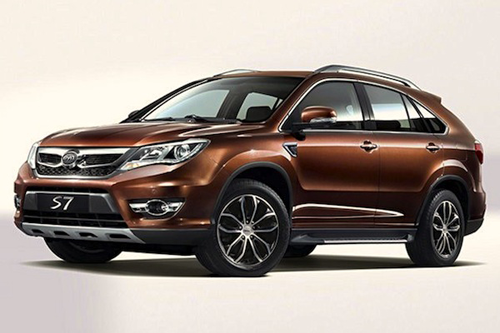
Build Your Dreams or BYD Auto entered the Philippines in 2012 with a range of passenger vehicles, from the F0 small hatchback to the S7 seven-seater crossover. BYD has made a name on the global stage with its advanced battery technology, which makes it a leading EV brand in China. Warren Buffet’s Berkshire Hathaway owns 25 percent of BYD Auto.
Changhe
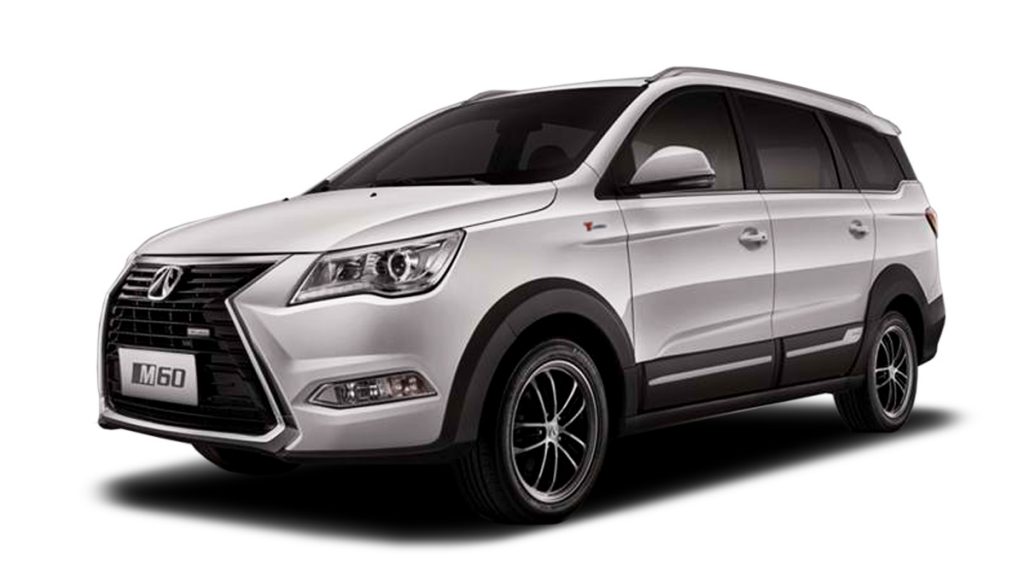
The connection between Changhe and BAIC is undeniable since these car brands own a stake at each other. As such, Changhe MPVs in the Philippines are actually BAIC vehicles. The Laus Auto Group officially sells Changhe in the country with a dealership in Pampanga, led by the M60 MPV.
Chery
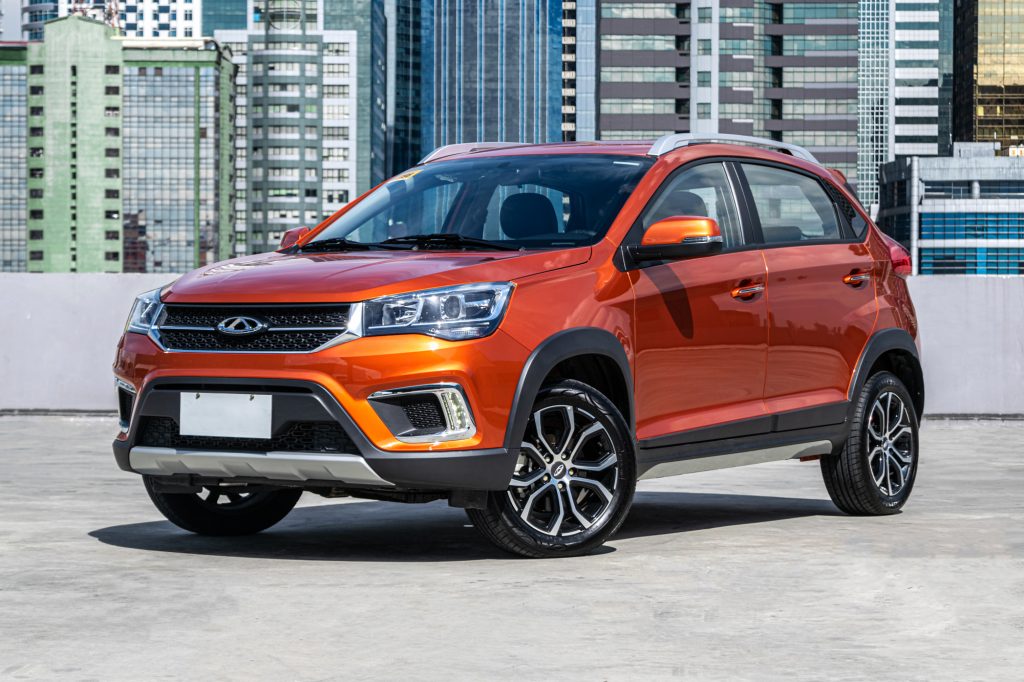
Chery is one of the early Chinese car brands in the Philippines, popularized by the infamous Chery QQ. Now the marque is back in the country under new management and with a new line of crossovers globally known as the Tiggo. Currently, Chery sells the Tiggo 2, Tiggo 5x, Tiggo 7, and the Tiggo 8 7-seater crossover.
RELATED: Chery Tiggo 8 Luxury EX vs Geely Azkarra 2WD
Chevrolet
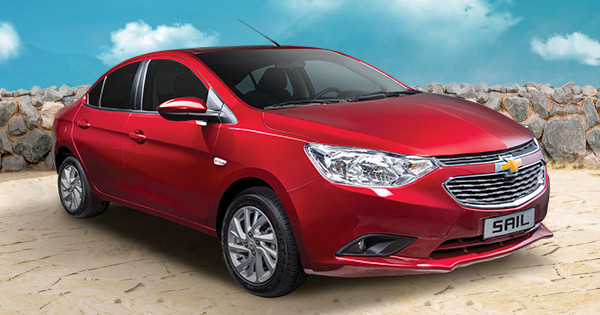
Chevrolet vehicles in the Philippines are either from South Korea, Thailand, or the United States. However, the Bowtie brand sources its Sail subcompact sedan from China. By the way, General Motors has already pulled out of business in Thailand. Will TCCCI continue the Trailblazer nameplate by importing the crossover of the same name from China?
Ford

Ford is one of those brands that source some of its cars from China. In 2018, Ford Philippines brought in the refreshed, China-sourced EcoSport. Just this year, Ford ushered in another vehicle from China, the Territory. The benefits of levied tax duties gave the Territory an advantage in terms of pricing, slotting as a compact crossover size-wise but as a subcompact in pricing.
Foton
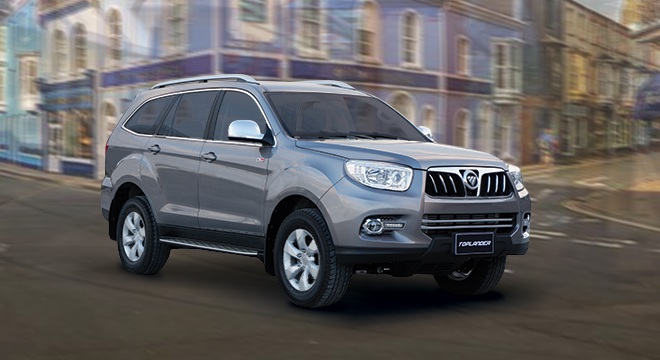
Banking on its reputation as a maker of reliable commercial vehicles and heavy equipment, Foton Philippines also entered the passenger car segment with its fast-selling TransVan, Traveller, and Toano vans, Thunder pickup truck, and Toplander midsize 7-seater SUV. The heft and grunt of Foton vehicles are fortified by its US-designed Cummins power plant – a trusted name in diesel engine technology.
GAC
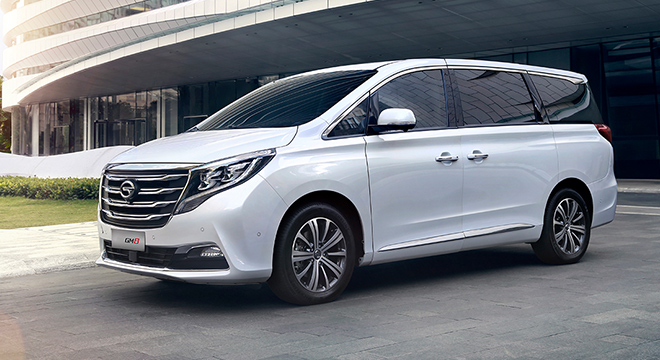
Guangzhou Automobile Group Co., Ltd (GAC Motor) landed on Philippine shores under the management of Legado Motors Inc. Backed up by a well-known politician in the name of Chavit Singson, GAC Motor offers sedans (GA4 and GA8), crossovers (GS3, GS4, and GS8), and a minivan (GM8).
Geely
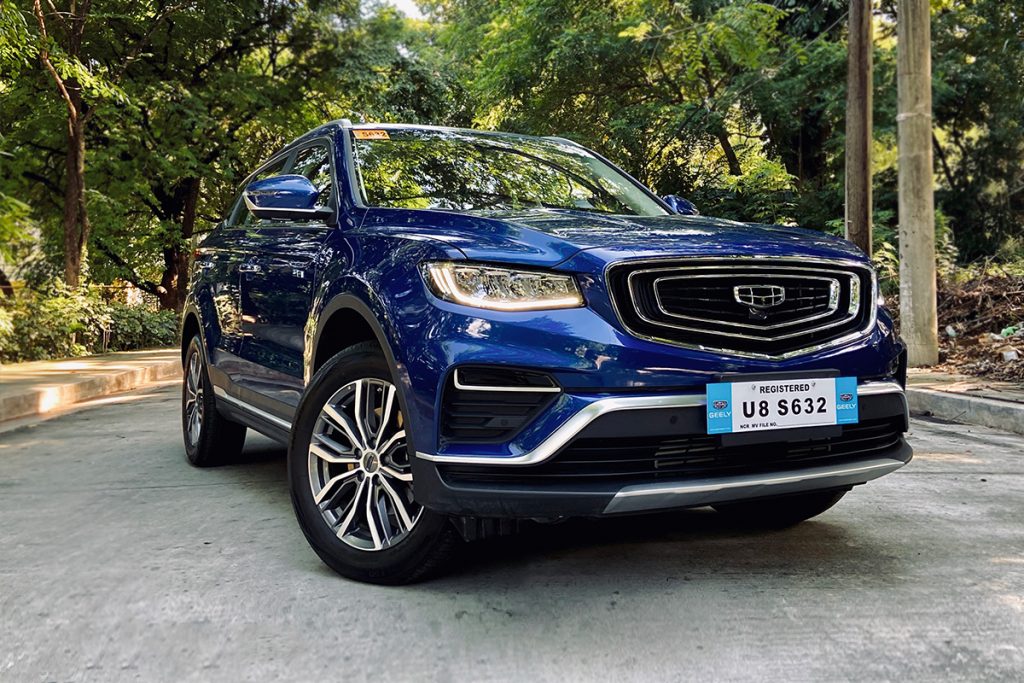
Geely is also one of the early Chinese marques in the country. The brand didn’t quite sell in its initial sortie, but now it’s back under Sojitz G Auto Philippines (SGAP) and with a strong lineup in tow. The Geely Coolray is currently the top-selling subcompact crossover, while the Azkarra aims to follow that lead. Geely Philippines has plans of dealership expansion all over the country with over a couple of cars to be added to its lineup sooner or later.
Haima
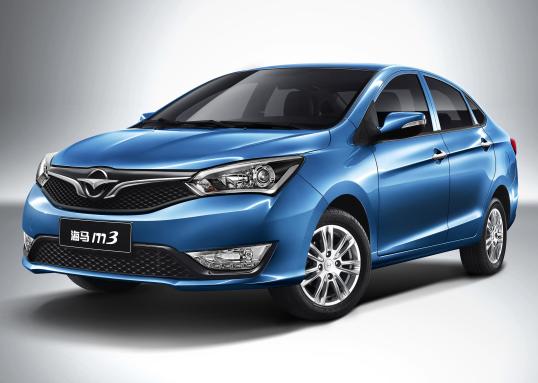
With 11 dealerships found in provinces, Haima is one of the surviving early Chinese car brands in the Philippines. Haima’s current lineup includes the M3 sedan, the S5 and S7 crossovers, and the V70 minivan/MPV.
Hyundai
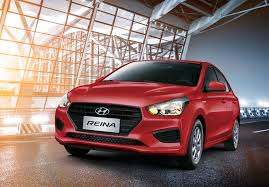
At the start of 2019, Hyundai Asia Resources Inc. (HARI) brought in a vehicle that slotted below its popular Accent subcompact nameplate. The Reina is a smaller sedan than the Accent but beyond the size, the Reina’s primary selling point is its pricing, which sold below P600,000 at launch.
JAC
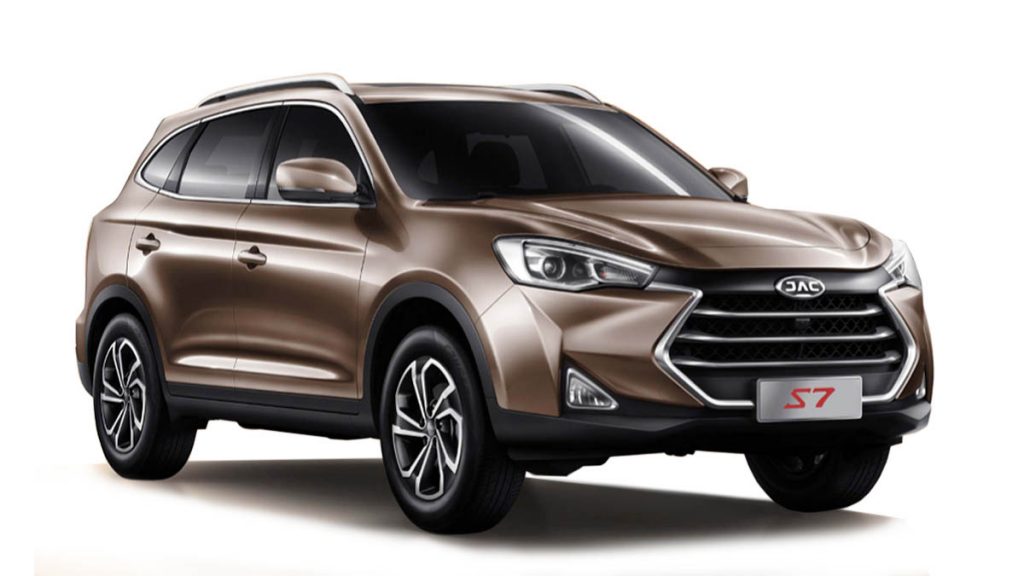
Deviating from its line of trucks and commercial vehicles, JAC amped up its arsenal in the Philippines with a range of passenger vehicles. JAC has a quite list of cars, namely: J4, M3, M4, S1, S2, S3, S7, Sunray,and T6.
RELATED: JAC Motors unveils S4 compact crossover
Kaicene
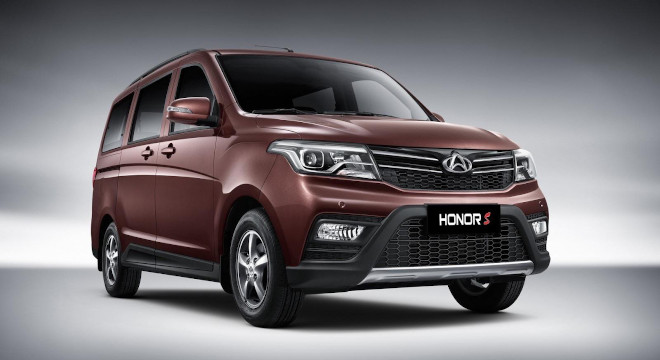
Under the umbrella of Berjaya Philippines, Inc., Kaicene was relatively new, which sprung from its previous monicker, Changan. It’s distributed by Berjaya Auto Asia, Inc. and sells the Honor S as its passenger MPV that comes with a low price tag.
Jeep
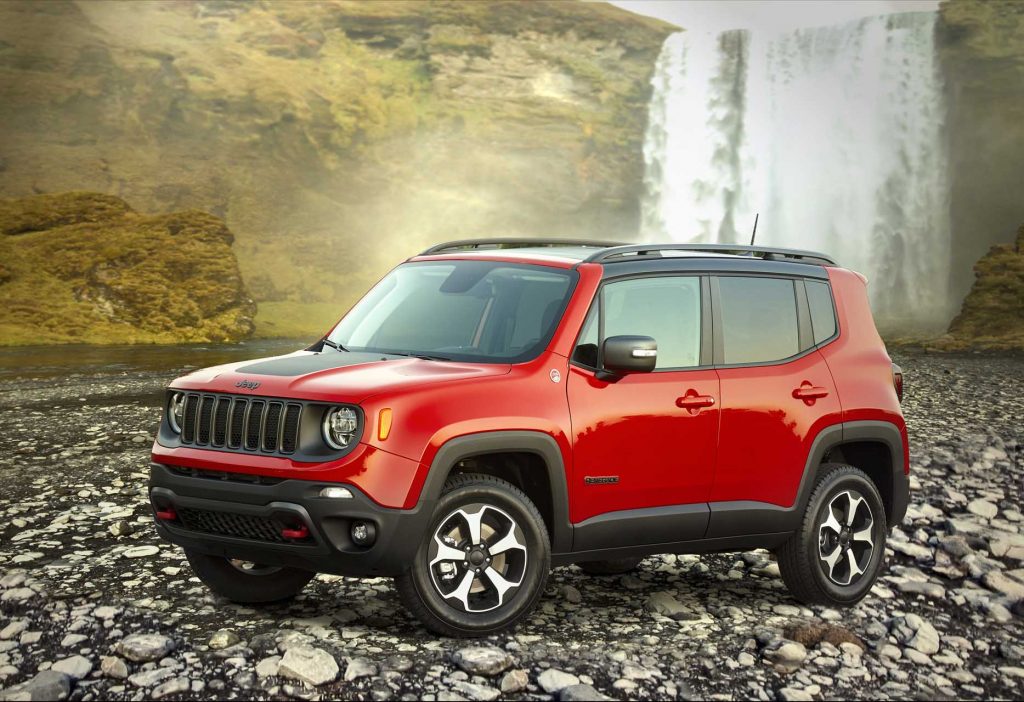
This year, Jeep gave the Compass and Renegade substantial price cuts to make them more attractive to Filipino car buyers. That’s because both crossovers are now sourced from China, assembled in partnership with GAC. This gave the American brand some freedom in terms of pricing, as opposed to its previous assembly line in Italy (Renegade).
RELATED: STARTS AT P1.64M: Jeep launches new lower-priced Renegade, Compass
Kia
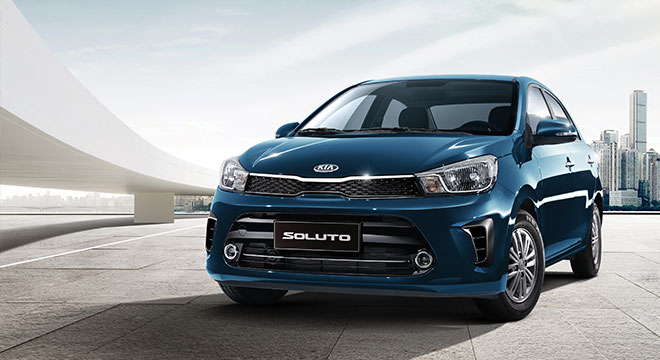
Just like its platform twin, the Reina, Kia has brought in the China-sourced Soluto subcompact sedan in 2019 in parallel with the brand’s relaunch under the Ayala Group’s AC Industrials Corp. Kia has also announced its upcoming Stonic subcompact crossover, which will also be coming from the PRC.
Maxus
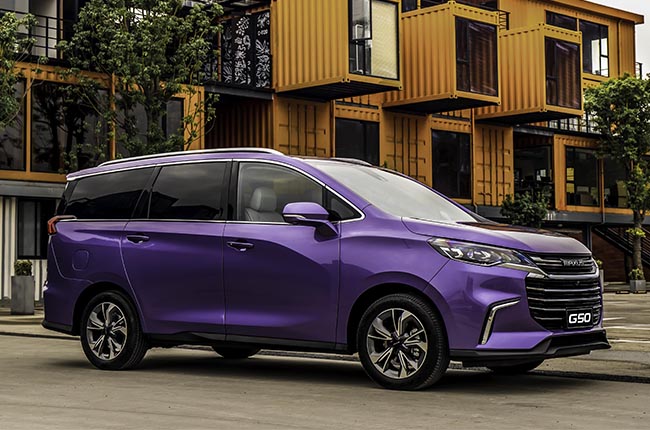
A Chinese-made brand with a British heritage, Maxus entered Philippine shores in 2019 with a line populated by an MPV (G10) and passenger van (V80). The marque eventually added the T60 pickup truck in its lineup early this year, along with the attractively priced, tech-laden G50 MPV just recently.
RELATED: New gamechanger? Maxus G50 stirs up the MPV segment
MG

Another British marque that’s now owned and assembled in China, Morris Garages (MG) is one of the more successful PRC-sourced brands in the country. So much so, that MG entered the 10 bestselling vehicle brands in the Philippines at the end of 2019. MG currently sells the MG 5 and MG 6 sedans, and the ZS subcompact and RX5 compact crossovers, with reports of bringing in a midsize SUV and even a pickup in the future.
RELATED: MG ZS — Extraordinarily good value
Volkswagen
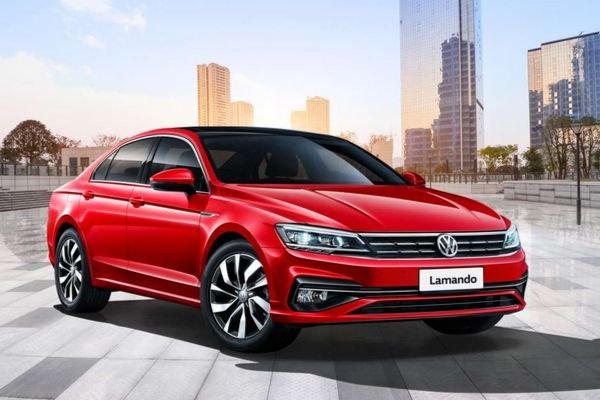
In the middle of 2018, Volkswagen Philippines, also under the Ayala wing, revamped its lineup and started sourcing its cars from China, further improving its cars’ price point. From Polo, Golf, Passat, and Jetta, VW replaced the range with the Santana, Santana GTS, Lavida, and Lamando. Even the Tiguan compact crossover is now being sourced from the PRC.

